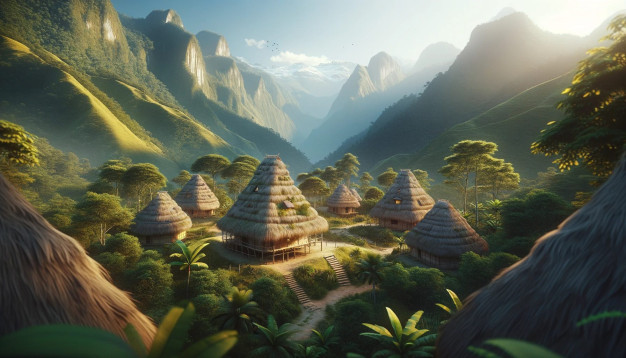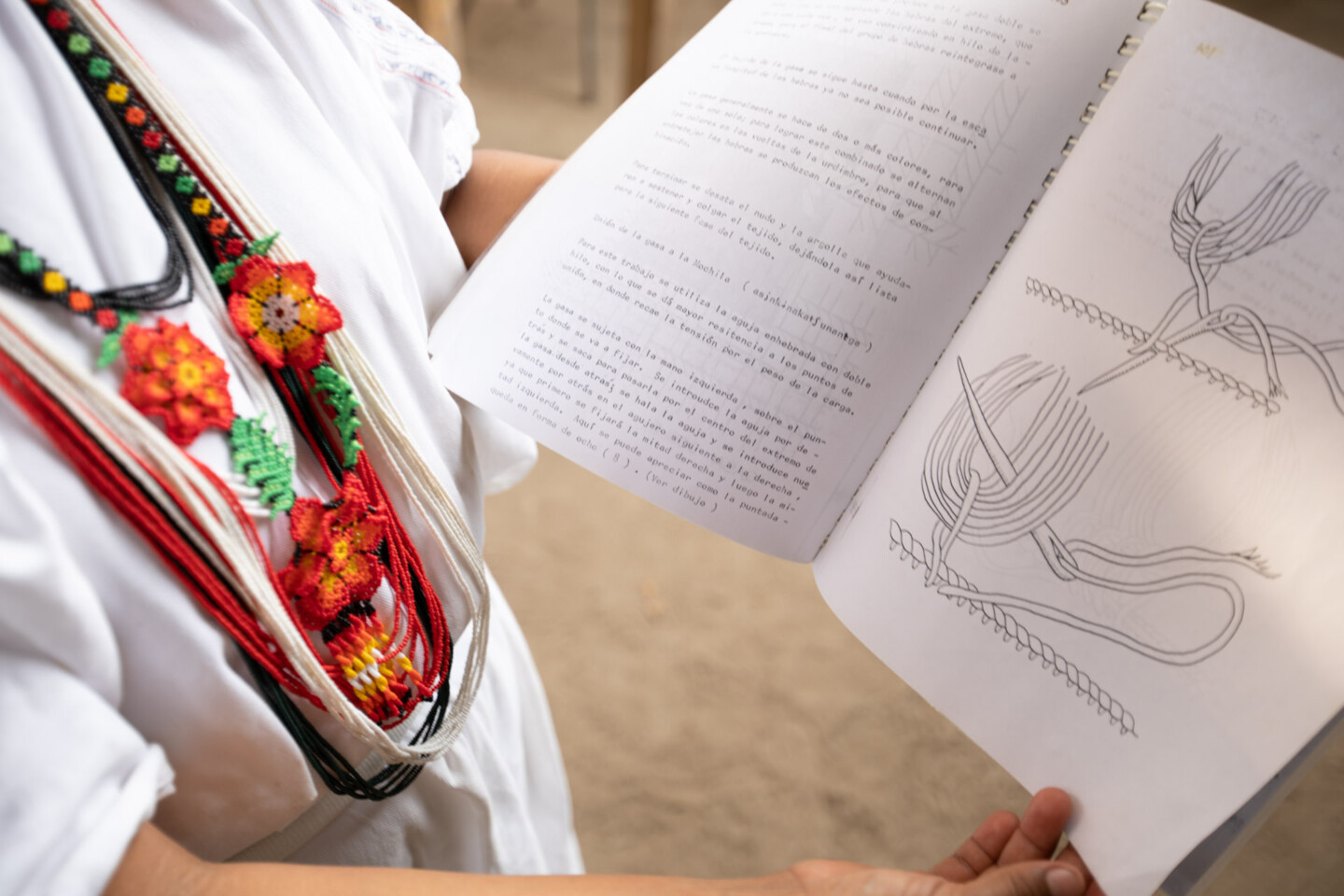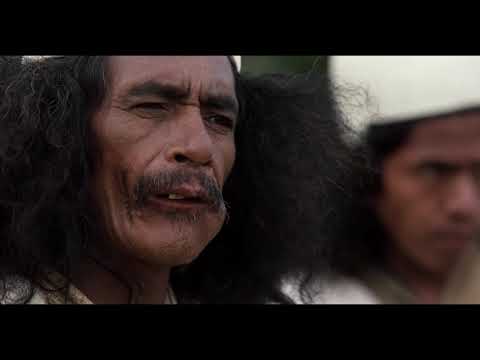
Nabusimake in a few words
Indigenous village of Nabusímake, the capital of the Arhuaco territory is a village of about 60 thatched houses, surrounded by a stone fence and called Nabusímake: the land where the sun is born. This village, like a good part of the indigenous territories of the Caribbean region, was catechized by the Capuchins, who left, in addition to a chapel with a bell tower that tried to maintain the native architecture, a huge boarding school on the outskirts of the village.

The houses are built in a mixture of materials traditionally used by the natives and the square structure of the Spaniards that included windows and stone bases to prevent flooding and increase the internal temperature of the houses. It is the most important tourist place in the Municipality of Pueblo Bello, it is characterized because it is a small town where the majority of the population is the Arhuaca indigenous community.
Who are the Arhuacos ?
The Arhuacos: They are also known as the Ika. They live on the southern slopes of the sierra, in the high valleys of the Guatapurí, Ariguaní, San Sebastián and Piedras rivers. They are organized in 20 partitions and their capital is Nabusímake, which can be accessed by a road that connects the region with Valledupar, capital of the department of Cesar.

The Arhuaco people base their cosmogony on the relationship between man and nature. For them, in the beginning everything that was to exist on the planet (men, animals, rivers, plants, stones) was spirit. For the same reason, these spirits are brothers and share this brotherhood with nature and the cosmos. Hence, they only conceive the balance of humanity based on respect for other beings.
Confederación Indígena Tayrona
This law of origin is what determines the identity of the Arhuacos as a people. It is also the basis from which they cure their illnesses, resolve conflicts, relate to other communities and plan their lives.
Arhuaco’s Handicrafts
The most valuable artistic expressions in Nabusimake are the backpacks made by the indigenous communities in their villages in the Sierra Nevada, the result of the manual work in which they put all their skill and creativity, taking them to craft stores, stores and boutiques throughout the region and the country.

Another of the products that characterize the activity are the beautiful necklaces made with garlands known as tayronas stones or hardened seeds.
The Arhuaca backpack (tutu) is the canvas where the Arhuaco indigenous thought is expressed; the figures are interpretations of nature, where its power and magnificence are enhanced, as a protective mother and benefactor of humanity”.


Where to buy Arhuaca Backpack (Mochila) ?
If you want to buy a true Mochila , contact Cafe de la Mochilas or by whatsapp +57 321 6605028, and ask for Gorawin. These are made by indigenous craftswomen who weave them using virgin sheep wool.

How to get to Nabusimake
Departing from the city of Valledupar, capital of the department of Cesar, it is the closest city, and is also the ideal starting point for the trip to Nabusímake. There are daily flights between Valledupar and Bogotá, the capital of Colombia. From the transportation terminal in Valledupar, take a vehicle to Pueblo Bello. In a private vehicle, take the Valledupar – Bosconia highway and approximately 20 minutes from Valledupar, through a paved road, there is a detour to Pueblo Bello, whose road is paved. This route is approximately 75 kilometers long.


Pueblo Bello, a small town with a mild climate, offers simple and inexpensive lodging. There the vehicle must be left in a parking lot and horses can be rented to undertake the ascent to Nabusímake, although the fastest way is in a camper or motorcycle driven by an expert from the Balkans. This route is 38 km long. After two hours of climbing the steep roads of the Sierra, you will finally reach the sacred city, Nabusimake. The indigenous people are receptive to tourists, although they demand respect for their customs and environment.

